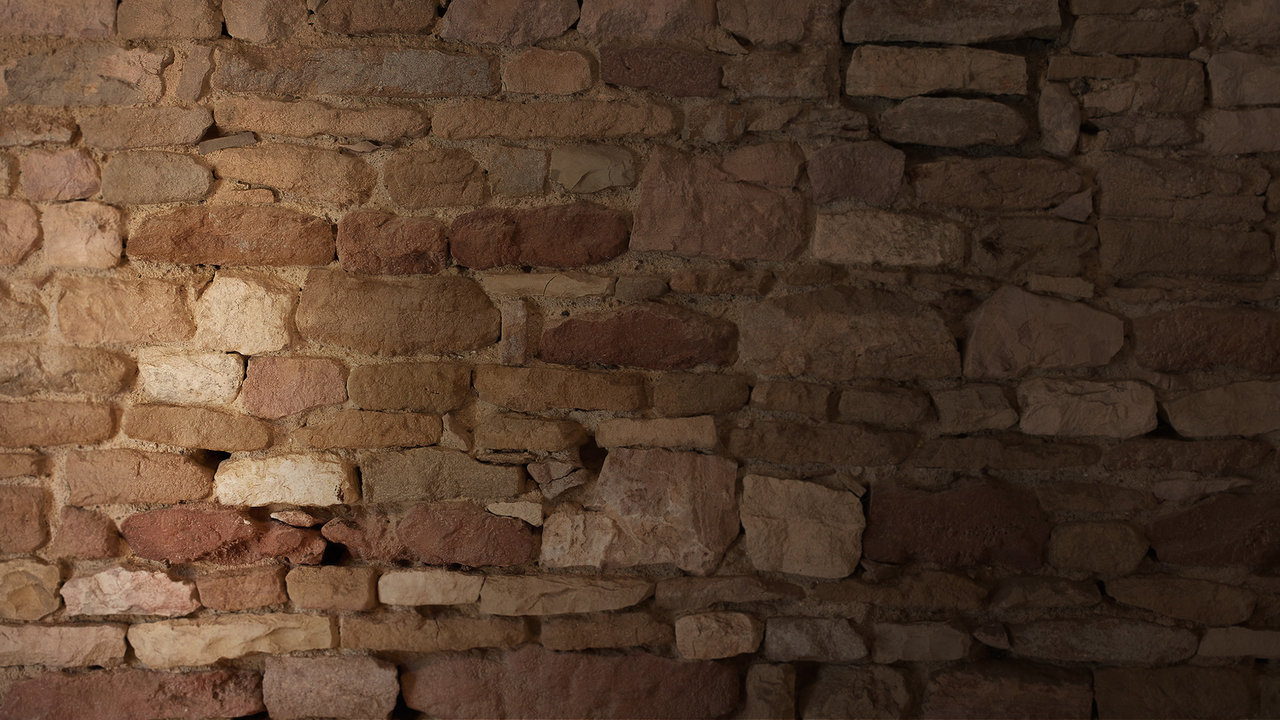Nuits-Saint-Georges
 Terroir
Terroir
Our vineyards producing our Nuits-Saint-Georges are located in the climats « Au Bas de Combe » and « Aux Barrières ».
Total area: 1,16 hectares, 2 plots (2,86 acres) planted in 1937 and 1944.
Climat & Soil : Climats are located in North of Nuits-Saint-Georges. The soil is composed by limestone and clay with clay predominance.
Total area: 1,16 hectares, 2 plots (2,86 acres) planted in 1937 and 1944.
Climat & Soil : Climats are located in North of Nuits-Saint-Georges. The soil is composed by limestone and clay with clay predominance.
 Winemaking and Aging
Winemaking and Aging
To preserve their integrity, grapes are carefully harvested and sorted out by hand.
Before beginning the alcoholic fermentation we make a cold pre-fermentation during 4 to 6 days to work on the phelonic component's exctraction. Then full maceration lasts for 15 days during which we'll use only pigeages (punching the cap). Intensity and numbers are lead to the concentration of tannins, perfumes and colour.
Alcoholic fermentation is realized with natural yeasts.
After maceration, free and press wines are separated for aging.
Aging process is taking place 100% in traditional Burgundian 228 liters barrels during 15 months with 30% of new barrels.
We only use French oak coming mainly from Bourgogne, Allier and Vosges forests.
Before beginning the alcoholic fermentation we make a cold pre-fermentation during 4 to 6 days to work on the phelonic component's exctraction. Then full maceration lasts for 15 days during which we'll use only pigeages (punching the cap). Intensity and numbers are lead to the concentration of tannins, perfumes and colour.
Alcoholic fermentation is realized with natural yeasts.
After maceration, free and press wines are separated for aging.
Aging process is taking place 100% in traditional Burgundian 228 liters barrels during 15 months with 30% of new barrels.
We only use French oak coming mainly from Bourgogne, Allier and Vosges forests.
 Tasting notes
Tasting notes
EYE
Beautiful garnet-dark ruby colour.
NOSE
The nose develops spicy, black fruits and leather notes.
PALATE
On the palate, the wine is well structured and chewy .
Nice black fruits aromas.
Tannins are long and present.
Beautiful garnet-dark ruby colour.
NOSE
The nose develops spicy, black fruits and leather notes.
PALATE
On the palate, the wine is well structured and chewy .
Nice black fruits aromas.
Tannins are long and present.
 Food and wine pairings
Food and wine pairings
The Nuits-Saint-Georges 2016 will perfectly pair with roasted lamb, roastbeef or dishes with duck or pork.
 Service and cellaring
Service and cellaring
It can be served now at the ideal temperature of 13-14°C or cellared for 5 to 8 years. Great potential.
 Art of tasting
Art of tasting
Owning great wines in your cellar is not enough, you also need to know how to serve them.
Temperature is an essential element around 53-57°F for the white and 55-59°F for the red. And if you don't have the right tasting glass which will amplify the wine's aromas, you may considerably reduce your tasting pleasure.
A great glass gives a large ventilation surface to the wine and a tightening neck more allow the nose to grasp more casily the richness and the complexity of a great wine.
Temperature is an essential element around 53-57°F for the white and 55-59°F for the red. And if you don't have the right tasting glass which will amplify the wine's aromas, you may considerably reduce your tasting pleasure.
A great glass gives a large ventilation surface to the wine and a tightening neck more allow the nose to grasp more casily the richness and the complexity of a great wine.


